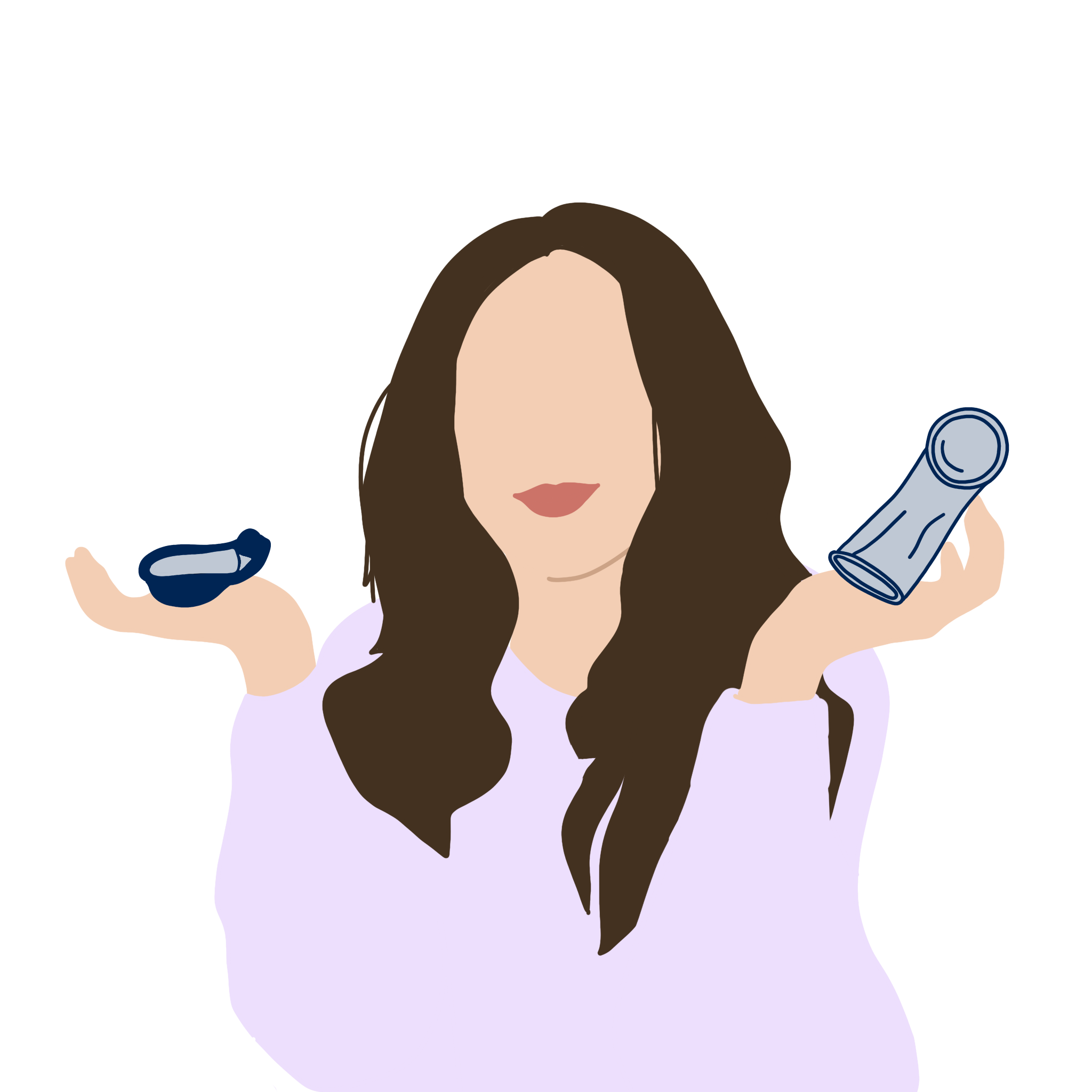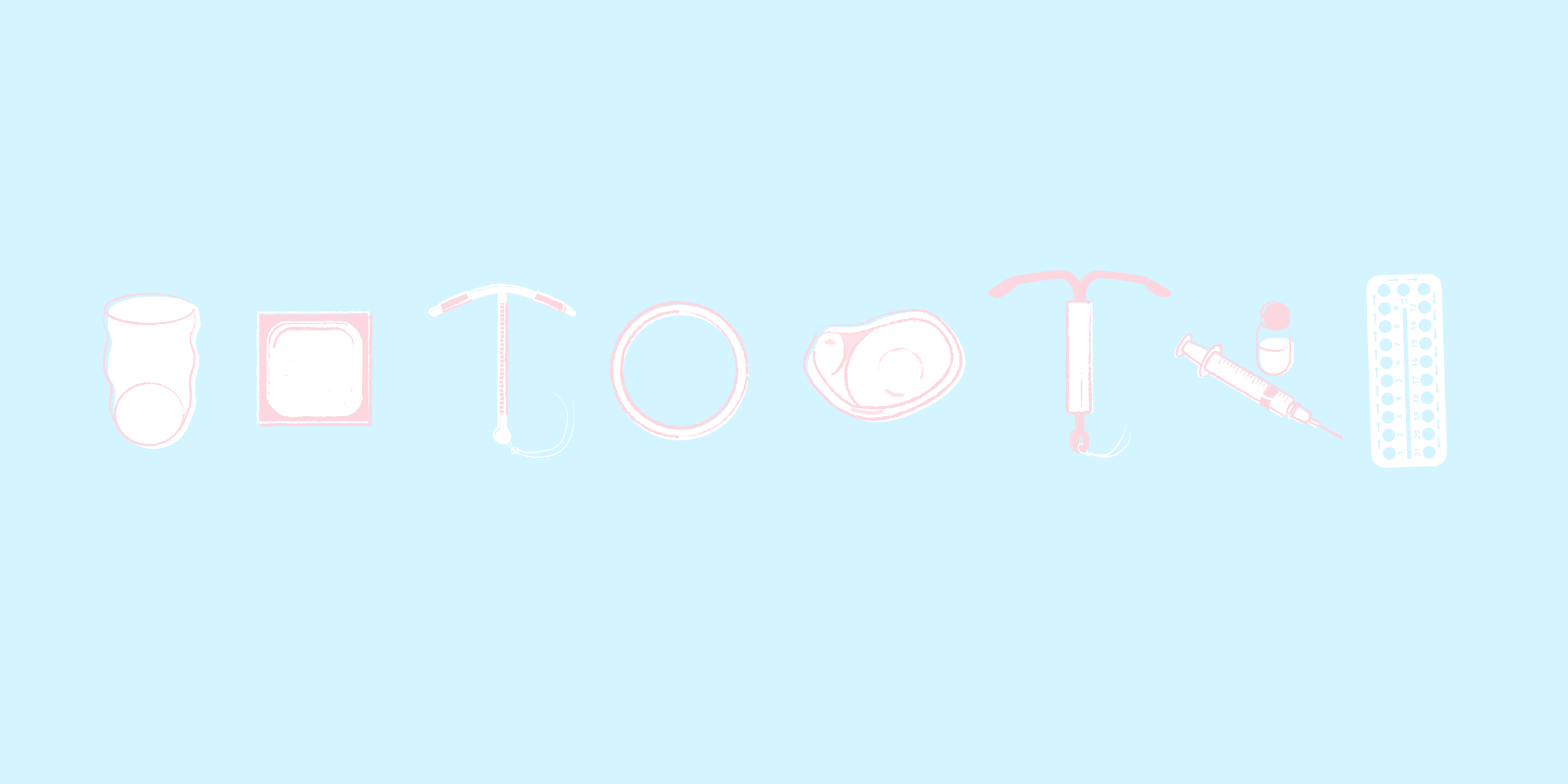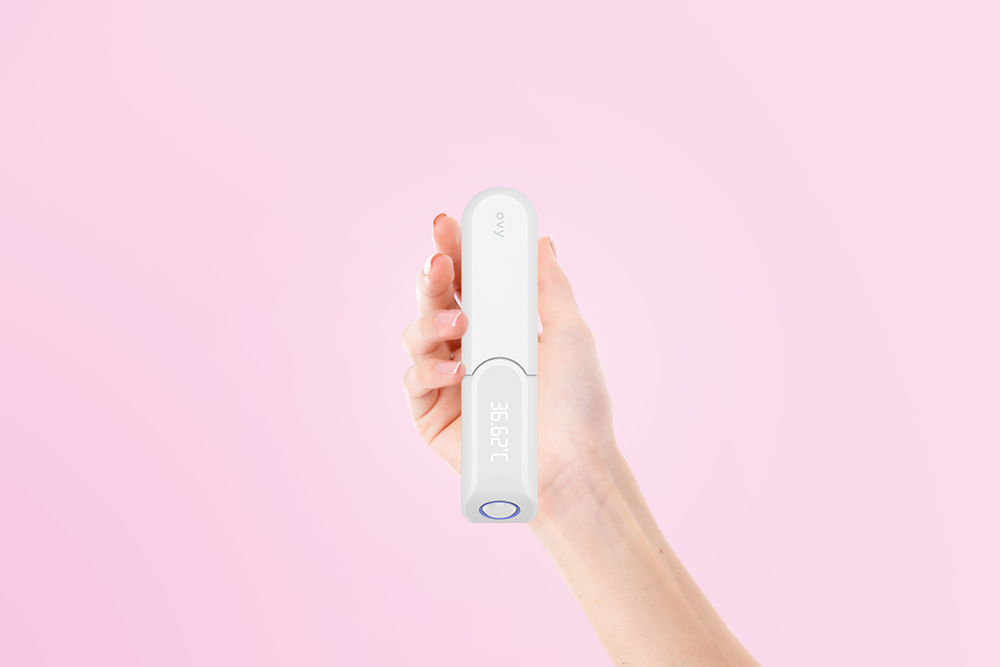Key Takeaways
- Weight fluctuations during your cycle are completely normal.
- Depending on the phase of the cycle, the amount of water you store can vary.
- In this article you will learn when the best time is to weigh yourself.
Weight fluctuations between one and three kilograms during the menstrual cycle are no rarity. They occur as a result of the strong fluctuations in estrogen and progesterone, which can cause water retention.
Menstruation phase: up to three kilograms heavier
Just before menstruation starts, the body retains a lot of water. A lot of women feel bloated during this time. However, during the first days of menstruation, the water is slowly carried out of the body due to the decreasing levels of estrogen – which explains the increased urge to urinate. Now is not the best time to start a diet, as your motivation and drive are reduced.
Follicular phase: increase in estrogen & progesterone levels
From around the seventh to the eleventh day of the cycle your energy levels increase, and fat burning and muscle buildup is most effective during this phase. Now is the ideal time to establish new eating habits or try out new sports.
Ovulation phase: potential weight gain
During this phase, the body prepares itself for potential fertilization. Any calories consumed are stored. That is why it is particularly important to watch what you eat during this phase. Drinking enough fluids prevents the body from retaining too much water. A few days after ovulation, and if fertilization did not take place, the body starts burning calories at a higher rate again.
Luteal phase: reduction in estrogen levels
From day 22 to 28, estrogen levels drop and progesterone levels increase. Mood swings and a bloated stomach are typical of this phase. Due to the slowdown in metabolism, it is possible to gain around two to four kilograms.
How & when to weigh yourself properly
Due to the strong fluctuations in water retention, it doesn’t make much sense to compare one’s body weight within a cycle. It makes sense to always measure one’s body weight on the same day of each subsequent cycle. This enables you to monitor your weight trend over the longterm. It is also important to know that the measurement should always be taken at the same time of day, for example in the morning right after getting out of bed, and after going to the bathroom, ideally without wearing clothes.
Nutrition & fitness after each cycle phase
To help your body with the high level of hormones that it produces every month in the best possible way, you should eat specific types of food in the different cycle phases. In our Ovy App we provide tips for which types of food and dishes are most suitable for the respective phase. You can also find out what type of sports and fitness suit your body during the various stages of your cycle.
References & Literature
- Mihm, M., Gangooly, S., & Muttukrishna, S. (2011). The normal menstrual cycle in women. Animal reproduction science, 124(3-4), 229-236.
- Steiner, M., Dunn, E., & Born, L. (2003). Hormones and mood: from menarche to menopause and beyond. Journal of affective disorders, 74(1), 67-83.
- Gaskins AJ, Mumford SL et al (2009) Effect of daily fiber intake on reproductive function: the biocycle study. Am J Clin Nutr 90:1061–1069
- Mumford SL et al (2016) Dietary fat intake and reproductive hormone concentrations and ovulation in regularly menstruating women. Am J Clin Nutr 103:868–877
You might also be interested in these articles
Verhütung
Farewell cocktail of hormones! That’s what happens in your body when you stop the pill.5 Min. Lesezeit





